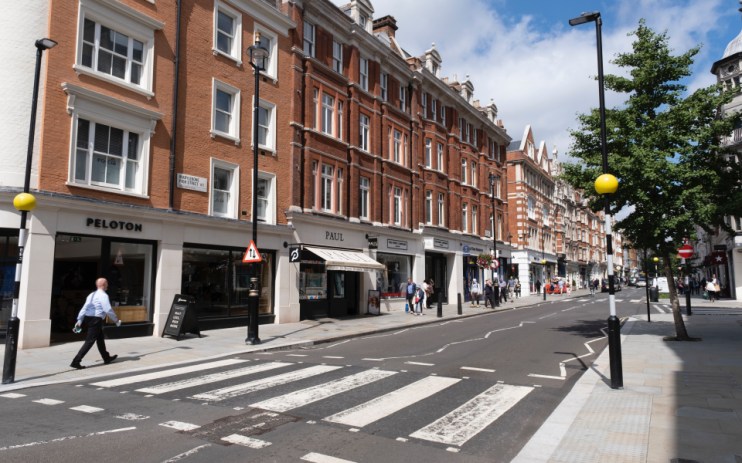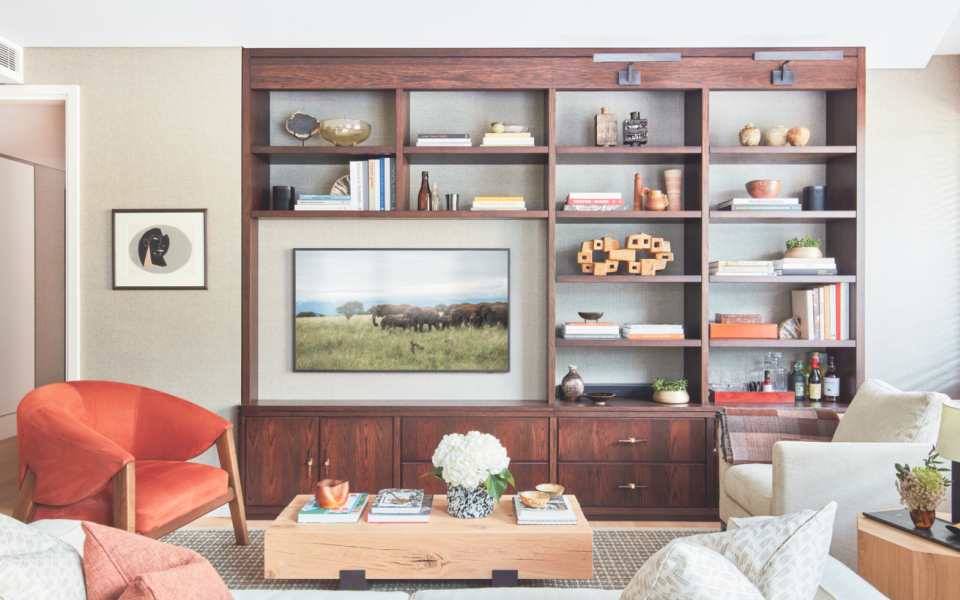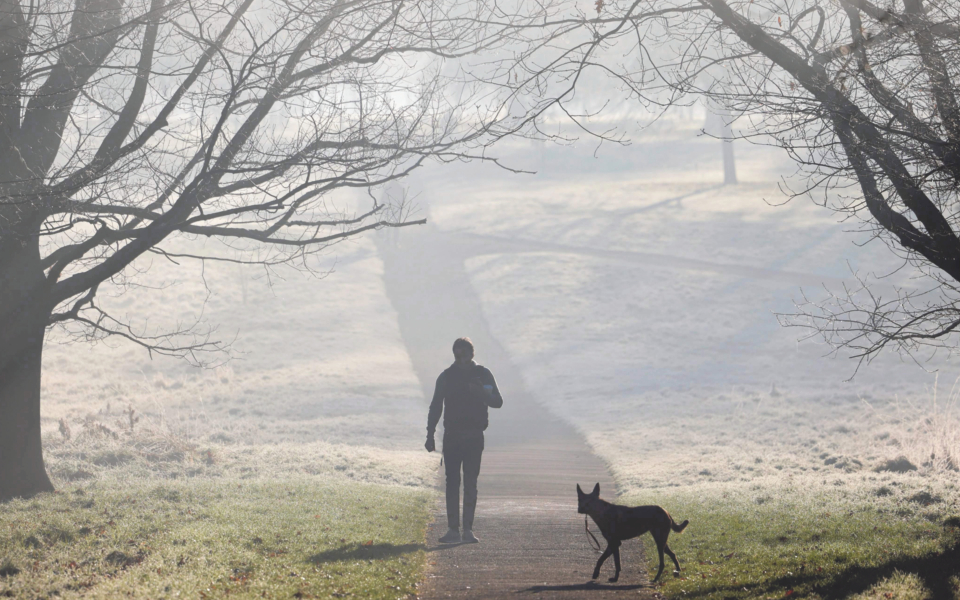Focus on: Why magic Marylebone is the new prime hotspot

Marylebone, known for its Georgian architecture, is an area that has carefully preserved its past. But how has the area changed over the last decade?
“The Portman Estate has played a large part in the transformation of the area,” says Priya Black, head of Baker Street new homes at Knight Frank. “Marylebone has a broad range of independent shops, boutiques, cafés and restaurants, and the estate is home to over 150 of these.”
James Hyman, head of residential at Cluttons, says the turning point for Marylebone was in 2003 when the London market really took off. He says: “It was attractive because it was still relatively affordable with a local, villagey feel. Prior to this, Marylebone was overlooked because it wasn’t ‘prime prime’ central London. Now Marylebone is prime central London at one third of the price of neighbouring Mayfair. Marylebone is the wealthy domestic buyer’s equivalent to Knightsbridge where they can buy a London pied-a-terre with everything they want on their doorstep. And at £1,500 per square foot it represents much better value.”
From Knight Frank’s perspective, how do prices compare with other parts of the capital? Black says: “There is a slight disparity between Marylebone Village, the Portman Estate area and the Church Street regeneration area – this is key to extracting the value. Prices, therefore, vary as a result, from about £1,200 per square foot around the Church Street area to in excess of £3,000 per square foot at prime developments such as Chiltern Place.”
What kinds of clientele are moving into Marylebone? Merlin Dormer, partner at national buying agents Heaton & Partners, says: “Marylebone attracts a real mix of chasers, not just the traditional super rich and Middle Eastern buyers that typically dominate Mayfair. I’ve bought flats here for French students, terraced houses to young families, penthouses to bankers – you name it. It’s a whole mix of people who can’t afford the same thing in Mayfair or Regents Park.”

He adds: “Over the past 18 months, pied-a-terres in Marleybone had to rely on the domestic market to keep transactions moving, but their main driver has always been overseas buyers. Now the tide is changing. In the last three weeks, I have been back-to-back with appointments from returning overseas clients keen to get moving. My buyers from the Middle East and America have started regularly travelling back over now restrictions there have eased, really keen to get on with it.”
What new developments is Marylebone receiving? Marylebone Square is one of the area’s mostly “hotly anticipated” launches, providing a collection of 54 private apartments (those remaining cost from £2.55m), as well as high quality shops and restaurants, and a community hall that will house the Marylebone farmers market. Knight Frank will also be launching 49 units at Cosway Street on behalf of City of Westminster in 2022.
Then there is TwentyFive, a mixed-used development with one- to three-bedroom luxury apartments (from £1.45m). Nicholas Gray, sales and marketing director at Native Land, says it is already proving popular: “Over two thirds of the apartments at TwentyFive have sold, including both penthouses which sold pre-completion, and there’s certainly been a trend in buyers who are attracted to the apartments’ liveability; perhaps having spent so much time at home over the past 18-months, they want to ensure their properties are ‘homely’ in the traditional sense, rather than simply a trophy asset.”
The Marlo is the largest-ever luxury rental development in Marylebone Village, with 29 apartments (from £735 per week) and two penthouses located inside seven characterful buildings from the Georgian, Victorian and Edwardian periods. Bruce Thompson, director of development and regeneration at Dorrington, says: “Demand for high-quality rental properties in Marylebone is soaring but limited supply means that renters are in a race for the best homes. Within a day of the Marlo launching to market we had already received a flurry of enquiries and a number of offers.”
He adds: “We are finding that renters are drawn to the elegantly modern interiors – a subtle mixture of mid-century Scandinavian and earlier Bauhaus design – as well as the access to outdoor space. Marylebone has seemed to defy the recent ‘escape to the country’ trend thanks to its proximity to Hyde and Regents Park, and residents at the Marlo also benefit from a landscaped courtyard garden and adjoining communal garden room – a rarity in Marylebone.”

Area highlights
• Marylebone Village is a charming, walkable stretch of shops, delis, restaurants, pubs and cafes including Mr & Mrs Small, which features an upmarket dog grooming salon. marylebonevillage.com
• Queens College and Francis Holland are among the superb schools parent’s can choose from in the area. qcl.org.uk, fhs-sw1.org.uk
• The nearby Royal Parks of Hyde Park and Regents Park offer bountiful green space, ideal for family walks, exercise sessions and jogging. royalparks.org.uk
• Chiltern Firehouse is an Andre Balazs luxury hotel and restaurant on Chiltern Street with an outdoor terrace ideal for al fresco summer suppers. chilternfirehouse.com
• Wigmore Hall is the international home of chamber music, hosting regular piano recitals and quartet performances in an historic concert venue. wigmore-hall.org.uk